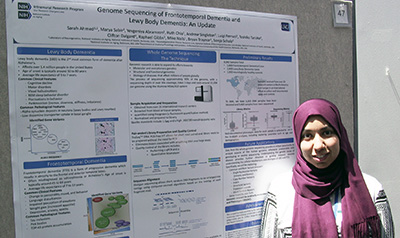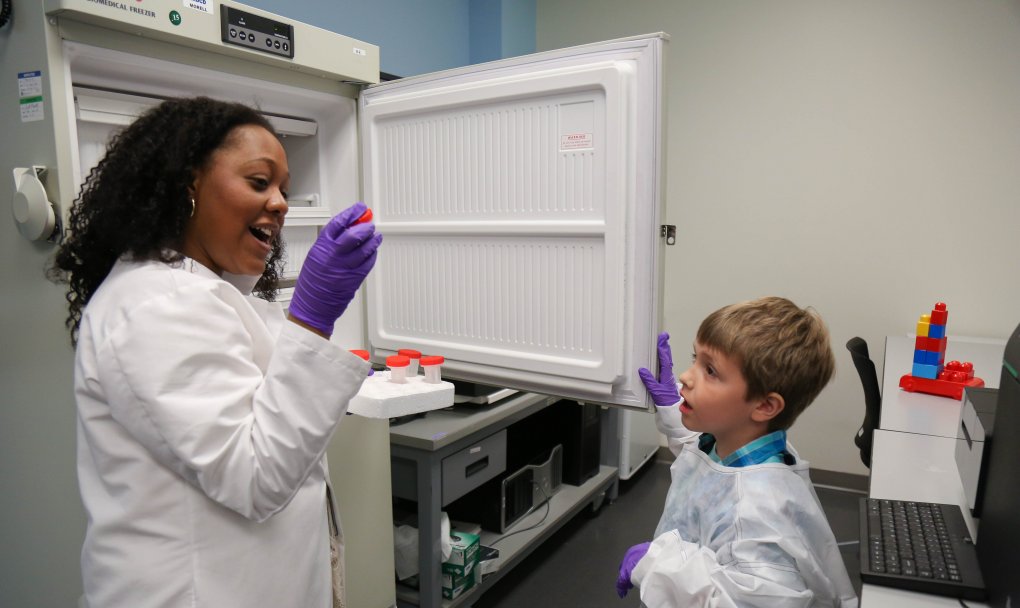Postbac Poster Day Highlights Budding Researchers
On Wednesday, May 2, hundreds of researchers gathered at NIH’s Natcher Conference Center to show off their recent discoveries. But unlike a typical scientific conference, the letters “M.D.” and “Ph.D.” were noticeably absent from these scientists’ credentials. Instead, the event — NIH’s annual Postbac Poster Day — celebrated the accomplishments of individuals participating in the NIH Postbaccalaureate Intramural Research Training Award (IRTA) Program.









